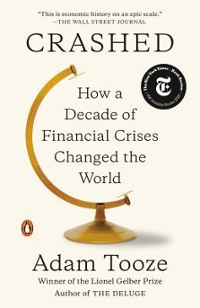Answered step by step
Verified Expert Solution
Question
1 Approved Answer
I would like to know the answers for the following questions 6. (3 poin'lstotal, :I. point each) (From Spring 2019 midterm) Suppose there are 2
I would like to know the answers for the following questions


Step by Step Solution
There are 3 Steps involved in it
Step: 1

Get Instant Access to Expert-Tailored Solutions
See step-by-step solutions with expert insights and AI powered tools for academic success
Step: 2

Step: 3

Ace Your Homework with AI
Get the answers you need in no time with our AI-driven, step-by-step assistance
Get Started


